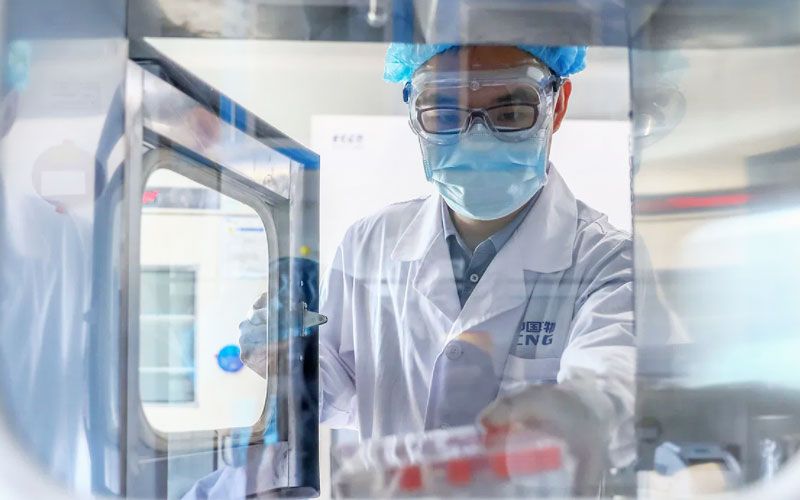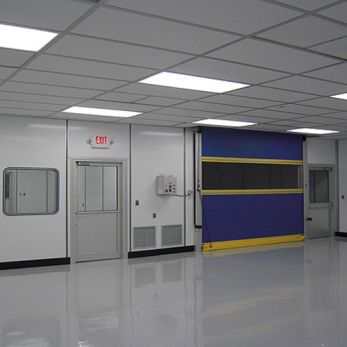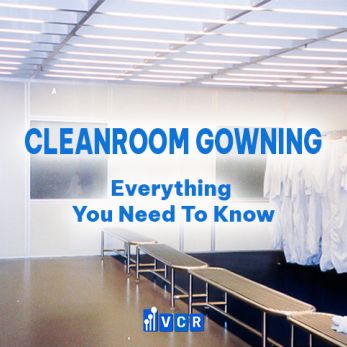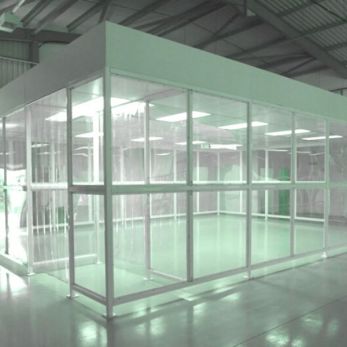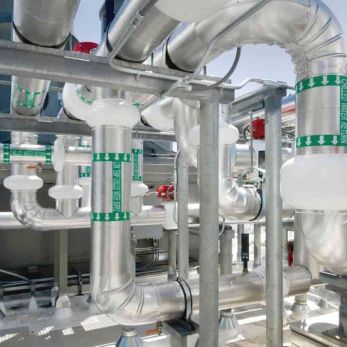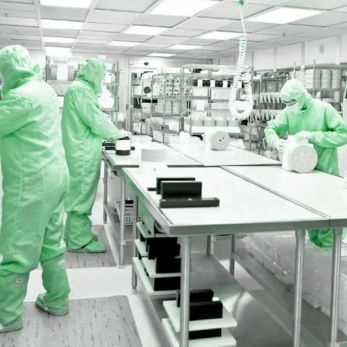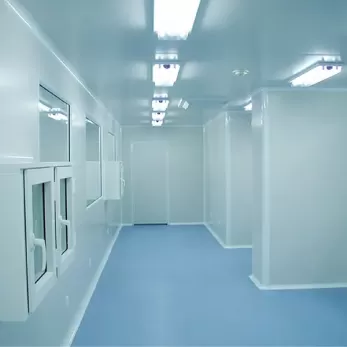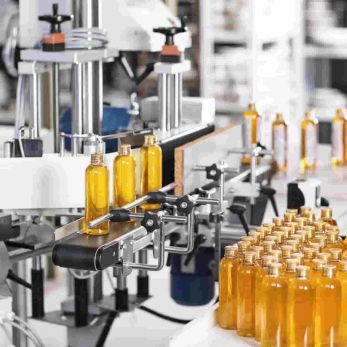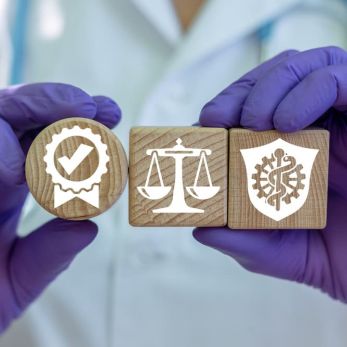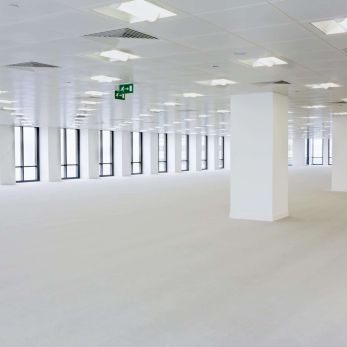How to prevent cross-contamination in cleanroom?
Cross-contamination in cleanrooms is a major problem for all users with cleanrooms. So, how to prevent cross-contamination in cleanroom? Let's find out with Vietnam Cleanroom! Cross-contamination refers to the mixing of ingredients of different varieties
Cross-contamination in cleanrooms is a major problem for all users with cleanrooms. So, how to prevent cross-contamination in cleanroom? Let's find out with Vietnam Cleanroom!
Cross-contamination refers to the mixing of ingredients of different varieties of products to cause pollution through personnel, equipment transportation, material transfer, airflow, equipment cleaning and disinfection, post-clearance, etc. Improper flow direction causes pollutants in areas with low cleanliness to be introduced into areas with high cleanliness, resulting in cross-contamination.
According to the " Design Specifications for Cleanrooms ", it is clearly pointed out that "the layout of the process should be reasonable and compact. Only the necessary process equipment and processes and studios with air cleanliness requirements are arranged in the cleanroom or clean area."
1. Rational cleanroom layout
A reasonable layout must first straighten out the process flow and avoid circuitous round trips. The space of the cleanroom should be reasonable, which is conducive to operation and maintenance.
A reasonable layout includes reasonable zoning and prevents contamination.
The air cleanliness required by different industries is different. Some industries require high cleanliness, and some industries do not have such high cleanliness requirements. Therefore, cleanroom layout should be designed according to the industry's standards.
Reasonable filters should be set according to production needs, especially for chemicals, pharmaceuticals, etc., Setting up high-efficiency filter equipment (FFU, HEPA box, HEPA filters,...) will reduce the pollution caused by medicines in the room and improve the cleanliness of the cleanroom.
It should be noted that the larger the cleanroom is, the better. The size of the clean area is related to the amount of air supply, determines the energy consumption of the air conditioner, and affects the investment of the project.
However, the cleanroom should not be too small, which may be inconvenient for operation and maintenance.
Therefore, the design of a reasonable space area should take into account the needs of equipment operation and maintenance. The production area and storage area should have a space suitable for the production scale to accommodate equipment and materials.
Generally, the height of the cleanroom is controlled at 2.60 meters, and the height of individual high equipment can be increased locally, but it is not suitable to increase the height of the clean area in an all-around way.
There should be intermediate stations for materials inside the workshop, with an area large enough to store materials, intermediate products, products to be tested and finished products, and easy to clearly partition to minimize errors and cross-contamination.
2. Improve the cleanroom equipment level
The material, airtightness, and management system of the equipment are all related to cross-contamination. Therefore, in addition to a reasonable layout, improving the automation of the equipment and forming a linked production line to reduce the number of operators and the frequency of personnel activities is a necessary measure to prevent cross-contamination.
Some products produce a large number of particles.
How to prevent cross-contamination during the production of products with long-term dust production?
First, the equipment should have a protective cover
Secondly, isolation measures should be taken to divide it into an operating room and a front room and an auxiliary engine room.
The front room generally adopts a single machine and should be a single room. The auxiliary machine room can be located in the non-clean area, and the inspection door is located on the side of the corridor.
For some single machines without dust removal auxiliary equipment, the exhaust air in the isolation area can be filtered and then sent back to the isolation area, that is, a self-circulation is formed.
In the production process, some products have strong hygroscopicity. When the relative air humidity is required to be lower than 50% or even 45%, it is difficult to achieve the requirement of freezing and dehumidification.
Among many dehumidification measures, lithium chloride rotary dehumidification is more suitable. The dehumidifier can be installed in a cleanroom with special dehumidification requirements, and the purified air can be used as a low-humidity protective air, forming a self-circulating system.
Different production equipment is required by different industries, if the equipment layout is not suitable, there will also be cross-contamination. This avoids contamination caused by workers moving around a lot. It can improve the automation of production equipment and the composition of production lines, which can reduce the number of staff. The scope and frequency of activities, which can improve production efficiency, are necessary measures to prevent cross-contamination.
3. Separate air handling system
The air handling system of the cleanroom should be divided according to different cleanliness levels.
For an area with odor, toxic and harmful gases, an air handling system should be installed, and HEPA filters should be installed at the air outlet to minimize the pollution of these drugs.
For cleanrooms of different cleanliness levels, cleanrooms that generate dust and harmful gases, and posts with highly toxic media and flammable and explosive gases, a separate air exhaust system should be set up.
The air outlet of the cleanroom should be equipped with an anti-backflow device.
The opening and closing of supply air, return air and exhaust air should have interlocking devices.
4. Strictly control the flow of people and materials
The cleanroom should be equipped with a special flow of people and logistics channels. Personnel should enter the cleanroom according to the prescribed purification procedures to ensure that external pollutants will not enter the cleanroom.
For the material, it can be removed and outsourced after removing the dust and sent through the buffer room or pass box.
Items in the clean area of different cleanliness levels are conveyed through the pass box.
The material cannot directly enter the cleanroom. The material enters the air shower to blow away the dust on the surface of the material. After entering the pass box, the intermediate station should be located in the center to shorten the transportation distance.
Make full use of the upper and lower or surrounding technical interlayers, and all the main pipes and process pipes are installed in the technical interlayers.
Pipes passing through the ground and partition walls should be as close to the point of use as possible and the casing should be laid. The pipes in the casing should not have welding seams, and there should be forkable sealing measures between the pipes and the casing.
Pipes should be stainless steel.
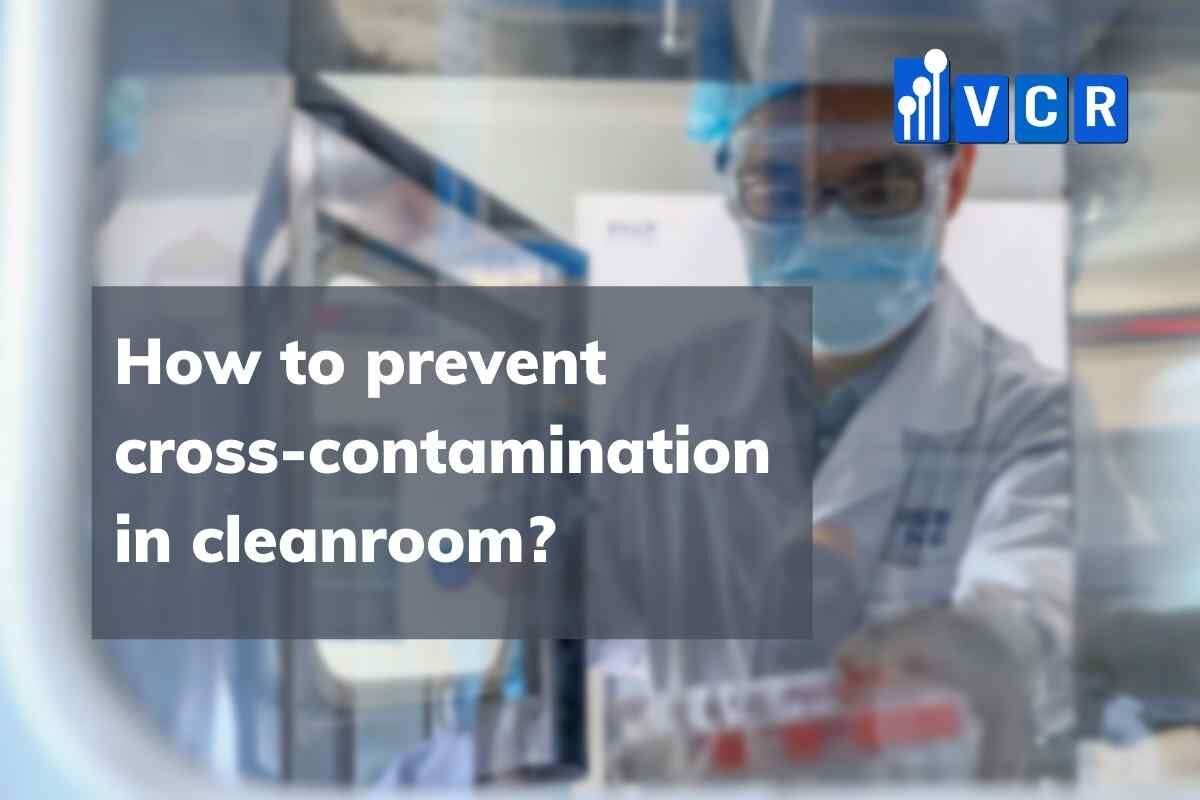
Vietnam Cleanroom Equipment (VCR) specializes in providing cleanroom equipment for construction contractors.
We provide high-quality products with competitive prices and large quantities nationwide. The equipment includes:
Differential pressure gauge, FFU Fan Filter Unit, Pass box, Clean room air filter, HEPA box, Clean booth, cleanroom steel door, Isolator cabinet, and other equipment






